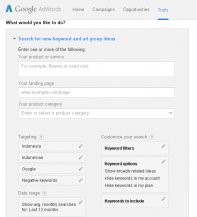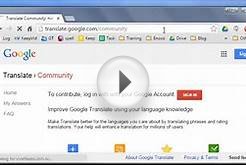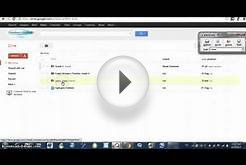Google AdWords can drive large volumes of high-quality traffic. Small changes in a campaign often have a significant impact on its profitability.
Here is a checklist of AdWords optimization techniques that can be implemented instantly and boost campaign results long-term.
1. Apply bid modifiers based on geographic performance.
Performance can vary greatly for different geographical areas. Google Analytics should provide information on what areas are generating the most conversions and profit, so bid modifiers should be set up in AdWords according to the Analytics data. As a result, less profitable areas use up less budget that can then be allocated to the most profitable geographic areas.
2. Apply a remarketing bid modifier to search campaigns.
Remarketing campaigns, meaning campaigns that target users who visited your website but did not convert, are common. Remarketing bid modification is not but it should be.
Setting up bid modifiers for the remarketing of visitors who first came to the website via a regular Google AdWords search campaign means that your ads are becoming more competitive. Your ad is shown in higher positions and will therefore better reach potential customers.
3. Split test ads systematically.
Ads should not only be split tested regularly but with a system for continuous improvement in place. For example, test a variety of headlines and choose the most profitable one. Then combine it with a variety of display URLs and choose the winning combination. Repeat the process every day, once a week on the same week day or once every two weeks depending on how much data the account is accumulating.
4. Check the search term report for new negative keywords.
The Search Term Report shows what keywords triggered ads besides the keywords that are part of the campaign. While this report is helpful to retrieve profitable keywords, it is even more useful to build out the negative keyword lists.
This will stop your ad from showing up for irrelevant terms and put the budget to better use.
5. Evaluate keywords using bounce rate, time on site and page views.
You need to evaluate the potential of keywords not only from a conversion point of view but also considering how users are behaving on your site after clicking on a keyword. This is a good indicator of how successful it could be to remarket to people clicking on a given keyword also if it did not convert so far.
6. Exclude mobile apps from display targeting.
By default, Google display campaigns automatically show ads on mobile apps. According to GoldSpot Media’s "Fat Finger Report”, more than 50% of clicks on mobile app banners are accidental clicks or “fat finger” taps. To avoid wasting half of the budget of display campaigns on useless clicks, take out “GMob Mobile App Non-Interstitial” in the Google AdWords targeting tab.








